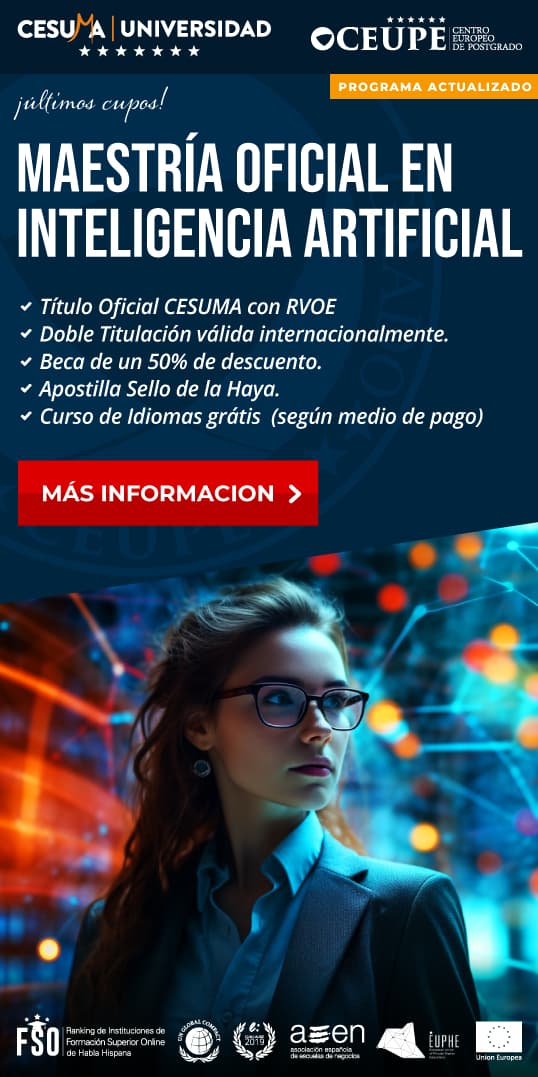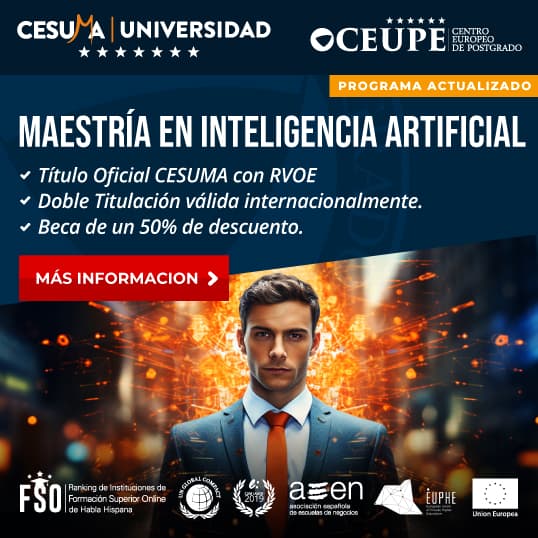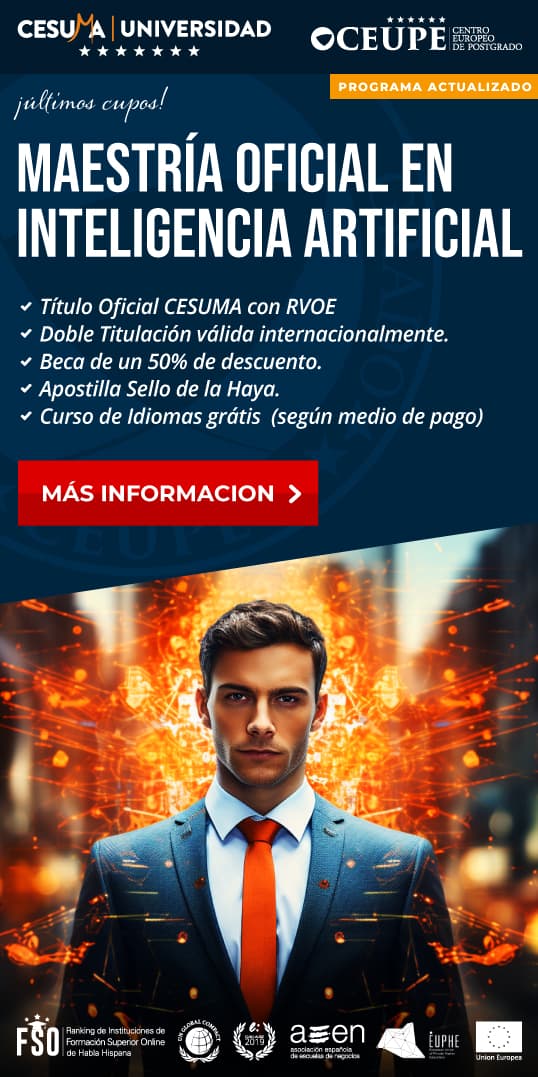The Need for Sustainable Aquaculture in the Seafood Industry
The demand for seafood has been rising globally, with more than 3 billion people relying on it as their primary source of protein. However, our oceans are being overfished to meet this demand, resulting in depleted fish stocks, damaging fishing practices, and environmental harm. This is where sustainable aquaculture comes in to change the future of the seafood industry.
What is Aquaculture?
Aquaculture is the farming of aquatic animals and plants under controlled conditions, rather than obtaining them from the wild. It’s an alternative way to meet the demand for seafood while protecting our oceans and marine ecosystems. Unlike traditional fishing, aquaculture farms can produce seafood in a controlled environment, allowing more sustainable fishing practices.
The Benefits of Sustainable Aquaculture
1. Reduced Environmental Impact
Sustainable aquaculture farms can reduce the environmental impact compared to traditional fishing by reducing bycatch, habitat destruction, and overfishing. The farms concentrate their operations in a controlled area, reducing the impact on the larger ecosystem. Further, they can carefully monitor and manage waste, reducing pollution.
2. Increased Food Security
Aquaculture can help reduce pressure on wild fish stocks and provide a sustainable source of food. By farming fish and shellfish, we’re lessening our dependence on wild-caught seafood and creating a reliable food source. This reduced dependence on wild-caught seafood will also help ensure the livelihoods of people who rely on fishing.
3. Investments in Rural Communities
Sustainable aquaculture can help create new opportunities and vital investments in rural and coastal communities. Fish and shellfish farming can require a significant amount of work, creating jobs and generating revenue in remote areas.
Challenges in Sustainable Aquaculture
While aquaculture has the potential to revolutionize the seafood industry, there are still several challenges to overcome before its potential can be fully realized.
1. Environmental Impacts of Aquaculture Farms
Aquaculture farms require a significant amount of freshwater, energy, and other resources that can negatively impact the environment. Additionally, if the farm is not properly managed, it can have negative effects on the surrounding ecosystem.
2. Quality Control and Traceability
Sustainability and traceability are key factors in aquaculture. The industry must ensure that the seafood produced is safe and healthy for human consumption. Similarly, the traceability of the sources of seafood is essential. Consumers must be confident that they are consuming seafood from a sustainable source.
3. Cost
Transitioning to sustainable aquaculture can be cost-prohibitive for farmers. Despite the long-term benefits, it can take time and resources to implement sustainable practices for aquaculture.
Best Aquaculture Practices
To achieve sustainable aquaculture, the industry must adopt best practices that prioritize the environment, traceability, and quality. The following are some of the best practices in aquaculture:
1. Regulating Water Quality
Water quality is crucial in aquaculture. Farmers should monitor and regulate water quality to ensure that their fish are healthy. Proper management of the water quality can also help to reduce the risk of disease in the fish.
2. Minimizing Impact on the Surrounding Environment
Sustainable aquaculture farms should be designed to minimize the impact on the surrounding environment. They should avoid affecting the local habitat and ecosystems. They should also reduce waste and manage it appropriately.
3. Implementing Traceability Systems
Traceability is essential in the aquaculture industry. A reliable traceability system ensures that consumers can get information on the source of the seafood. It also helps to reduce illegal fishing and support sustainable practices.
The Future of Sustainable Aquaculture
Sustainable aquaculture can revolutionize the seafood industry, providing a reliable and sustainable source of protein. Industry stakeholders, governments, and consumers can support this future by:
1. Supporting Sustainable Aquaculture Practices and Initiatives
Supporting sustainable aquaculture practices is important for the future of the seafood industry. Governments can provide funding and incentives for aquaculture projects and train farmers on best practices. Consumers can support sustainability by purchasing seafood that is sourced from sustainable farms.
2. Investing in Research and Technology
Research and technology play an important role in the future of sustainable aquaculture. Research can help find ways to reduce environmental impacts and improve farm management. Technology can help to improve the efficiency and sustainability of aquaculture.
Conclusion
Sustainable aquaculture is an essential part of the future of the seafood industry. It can help reduce the impact of overfishing on wild fish stocks, protect the environment, and provide a reliable source of food. By adopting best practices, investing in research and technology, and supporting sustainable initiatives, we can ensure a sustainable future for the seafood industry.
- Join the Renewable Revolution: Harnessing the Power of Wind Energy for a Sustainable Future - 28 de mayo de 2023
- Join the Movement: Embrace a Sustainable Lifestyle and Save the Planet! - 28 de mayo de 2023
- Stop the Sinking Ship: Why Marine Pollution Demands Urgent Action - 28 de mayo de 2023





